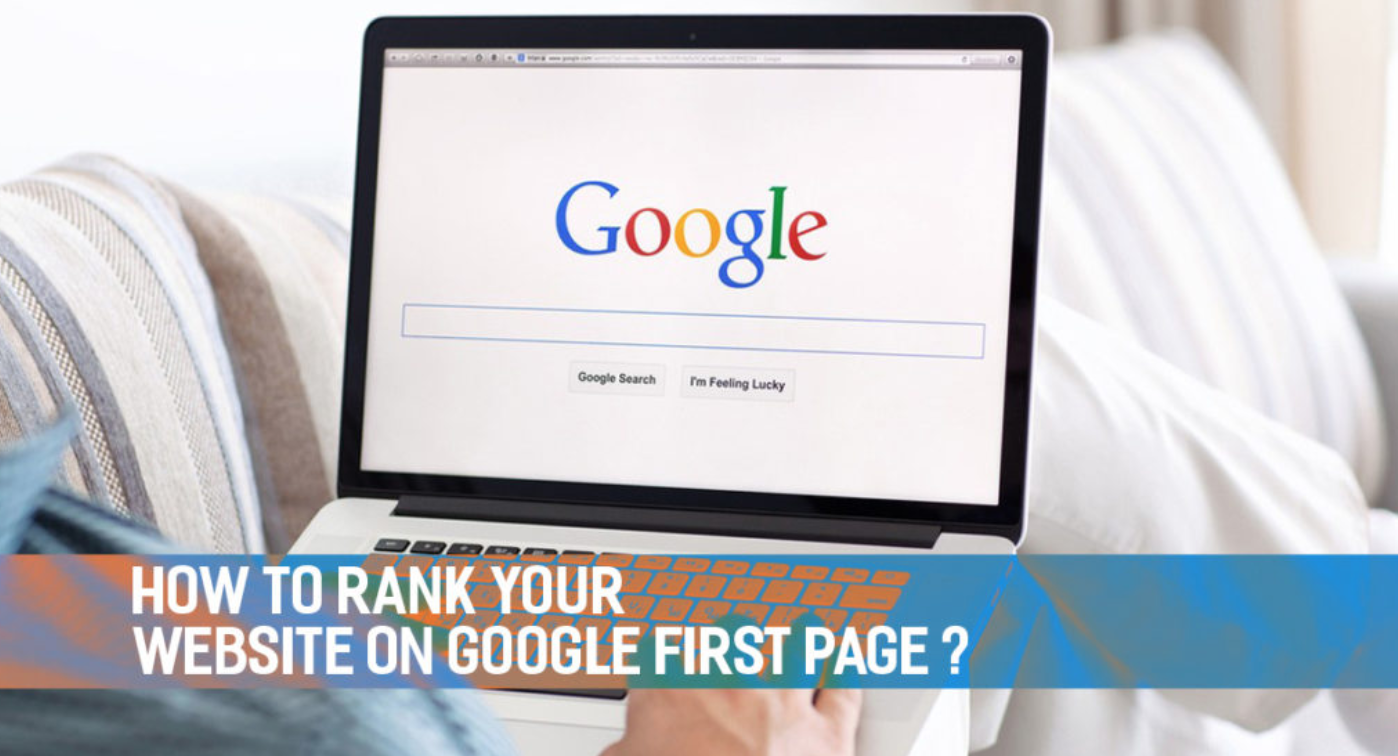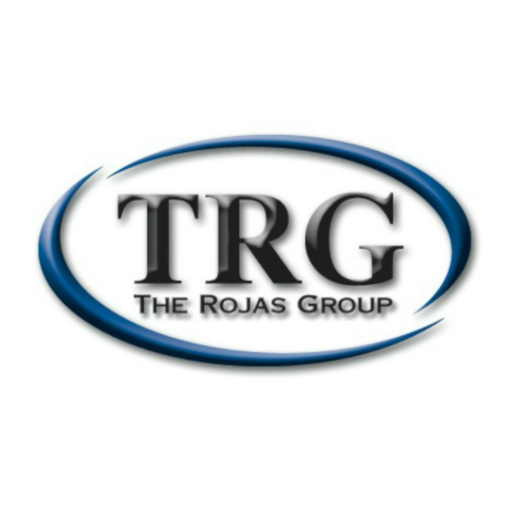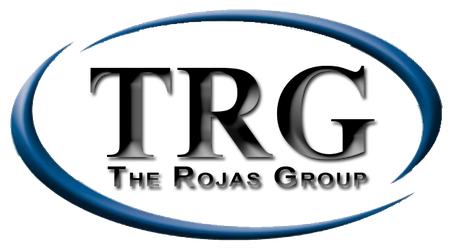What Are The Basics Of Helping Your Website Rank In Google Searches?
We are asked the question by most clients, and the initial answer is “It is different for everyone”. And I explain that there are various reasons and things that impact your search rankings, including the domain authority and amount of traffic and history you have to your site. In basic terms, if you have had your website and domain live for 10 years, and have seen a steady flow of traffic, compared to a brand new site that has little or no history and traffic, Google realizes that the new site may not be valid, trusted and worthy of presenting itself to its clients (you, when you are searching on Google), thus you will find it much harder to rank than a website that has history and traffic.
However, that shouldn’t prohibit older sites from following proper steps to improve their Search Rankings, and for the brand new sites to follow basic protocol when setting up and managing their website and SEO strategies for improved rankings.
Here is a basic list of items to consider implementing for improved SEO:
- Creation of Relevant Content for your audience or customer that Is considered Useful or of Value.
Google recognizes that if you are providing answers to questions that are being sought out, and, if you are providing information that is helpful to the reader, this is of value. This metric, sometimes referred to as “dwell time”, which basically is the amount of time a visitor stays on your site, can be tracked in your Google Analytics account. We always check this metric for our clients because it tells us if new visitors are seeing something of value and if the content is strong and they are staying on the site reading the material or watching the videos. When you provide useful content, visitors tend to stay longer on your website to consume the information and therefore increase the dwell time. Based on research over the last couple of years, it appears that content relevant to a given subject or topic that is between 2,000 – 2,500 words seems to rank the highest in search engine results. Although word count doesn’t rule the SEO world – nobody will read your stuff if it’s not helpful – longer content does give you the opportunity to provide more value, include more keywords, incorporate more outbound links, and of course, get people to spend more time reading to increase dwell time. Another reason to create highly useful content is that when visitors bookmark your content on Chrome, it will improve the SEO ranking of your website on Google. - How Fast Your Website Loads, Also Known As Page Load Speed
Have you ever found a website you wanted to view and waited for it to load, only to click off because you didn’t want to wait any longer? Or how about the site finally loads, but then you try to navigate to a new page and it takes forever? Well, Google and Bing don’t like this either and they have incorporated the page-loading speed into account with their website ranking algorithms. Another strong metric that we look at inside our client’s Google Analytics is called a “Bounce Rate”. The bounce rate basically tells us how many people go to your website and only view that first page, meaning they don’t navigate to any other page. This could be because they didn’t want to wait for the site to load, or they didn’t like what they saw immediately upon landing on your site. A great bounce rate usually falls under 40 and really anything over 70 is considered bad. Along with the bounce rate, your dwell time is impacted when the page speed loading is slow. One thing to consider when working on increasing page load speed is using a caching plug-in which will help optimize image sizes so they load faster. In addition, you may want to minimize the number of plug-ins that you are using on the site and try to keep the number of redirects as low as possible. - Optimizing Your Images On The Website
We talked briefly about optimizing your images file format and sizing, but you also want to pay attention to some other details relevant to your images that also play an important role in improving your search rankings. For instance, using keywords for your content for your image file names, making sure the Alt Tags, Title, Description, and Captions are correctly named and tagged, can help signal the relevancy in searches, thus improving rankings.
- Proper Formatting Of Content On Website Pages
Have you ever gone to a website and ALL you saw was text copy with no images or video? And besides that, there were no breaks, it was just like a wall of text? I bet you didn’t stay on the page too long. There may have been good and valuable content however if the page is not formatted so it is appealing, easy to read, and easy to navigate many visitors will simply pass. When you properly format the content on the pages of your website you are helping to improve the reading experience for your visitor, thus keeping them on the site longer. It makes readers more willing to spend time to read your content and come back for more, which will ultimately signal your relevancy to search engines. So, what does this entail? A good rule of thumb is to add Header Tags into your page format. Header Tags can help break up your content into sections that help the reader identify the specific subject being discussed in that section of the overall page. Often you will see page owners ask questions in the Header Tags, and then proceed to answer the questions in the following text. Again, if you keep in mind a basic goal of 2,000 – 2,500 words you can start to see the importance of breaking up all of the content into these sections and using Header Tags as indicators of the subject matter that is going to be covered in that following section. Here are some good tips to consider– Use font size and typography that are easy to read.
– Use bold type and colors – sparingly and strategically – to call out important information and make the content easy to scan.
– Use short paragraphs and ample line spacing in between – nobody likes a wall of text.
– Use bulleted or numbered lists for clarity (see below).
– Use techniques such as sliders, tabs, progressive layouts, structured grids, modal windows, rollover elements, accordions, and mega drop-down menus to organize content and add interactivity.
– Break up content into sections with subheads. Proper use of header tags that include keywords also helps improve SEO ranking.
Another formatting trick that Google loves is the use of Bullet Points, similar to what I am doing in this blog. A well-formatted web page usually has one section that uses bullet points in it. Often you will see a section titled “Benefits” and then you will see a bullet point list of the benefits.
- Outbound links to high ranking / high domain authority websites
To make your content more useful and relevant, you can link out to authority sites for more in-depth information your readers can use. Linking out to well-respected authority sites will not only increase the relevancy of your content and the time readers spend on your site but it is also believed to send trust signals to Google and improve SEO ranking. However, more is not necessarily better. We are a big believer that we really never want your visitor to leave your website. Sometimes it may be beneficial at the end of a longer piece of content, or when you are validating something, to offer a strong outbound link to a high-quality, highly-trusted website, but we suggest this tactic is limited if possible. We always suggest that if you do create an outbound link that you make sure that it opens into a new tab on your computer browser, this way your website still remains open to the visitor. - Utilizing a variety of media, such as video and audio
Images, videos, slideshows, and audio can help enrich the user experience and allow you to deliver information in a way that is most suited to your ideal site visitors. They also act as a signal of quality content to search engines… after all, you have put in the work to make your content look good and interactive! Video marketing has become an increasingly integral element in driving user engagement and conversion. It’s found that websites using videos can achieve a 4.8% higher conversion rate, compared to a 2.9% average on websites that don’t use videos.
- Fixing Any broken links
I recently had a new client come on board and when I did his original online assessment one of the first things I noticed is that many of his listings that I viewed in search results (when I clicked on them) came up with a 404 error, meaning a broken link or non-working URL. I am not sure what the numbers are but I can imagine if someone is searching on Google and your business is lucky enough (or through hard work) to be found, and the potential customer clicks on your listing and they get a broken link, they probably are never going to visit your website again. I doubt they will be searching for your website to find a possible working page following that experience. This client of mine had multiple broken links from his current website management company, who said they had fixed them several months earlier, yet we identified many and had them fixed in the first day with proper redirects. Not only do broken links cause really bad user experiences, search engines consider a large number of broken links as a signal of an old, neglected site, and this can impact your SEO ranking. Thankfully, we use several tools and apps to help ensure that your site is free of broken links. - The “Readability” of your website
So, what does this actually mean? Even if you have a well-educated audience, they probably don’t want to be deciphering a Ph.D. dissertation every time they visit your website and read your content. You don’t want them to give up reading your content and click away because it’s too difficult to digest. Making your content easy to read and understand helps make it useful to your readers. Some experts also believe that Google takes readability into account when ranking web pages. There are plug-ins that can actually help you measure and re-write your content so the readability factor is in its proper area for optimal reading. - Optimizing your Contact Us page
According to Google, websites that have sufficient contact information are considered to be more trustworthy and therefore may rank higher by search engines. Including a Contact Us page on your website and putting the link in the navigation not only makes for a good user experience (especially if you have an e-commerce site) but can also potentially earn you some Google juice. It’s found that a well-designed contact form increases user participation in a company’s online presence. It also helps generate new business opportunities, capture new leads, improve customer service, and more.
If you need more information on helping to rank your website, or for our complete Search Engine Optimization Services, visit us online at www.trglv.com, or contact us on our CONTACT FORM, and we will get back to you as soon as possible.

The Rojas Group
2620 Regatta Drive, Suite 102-141
Las Vegas, Nevada 89128
(702) 591-6300


